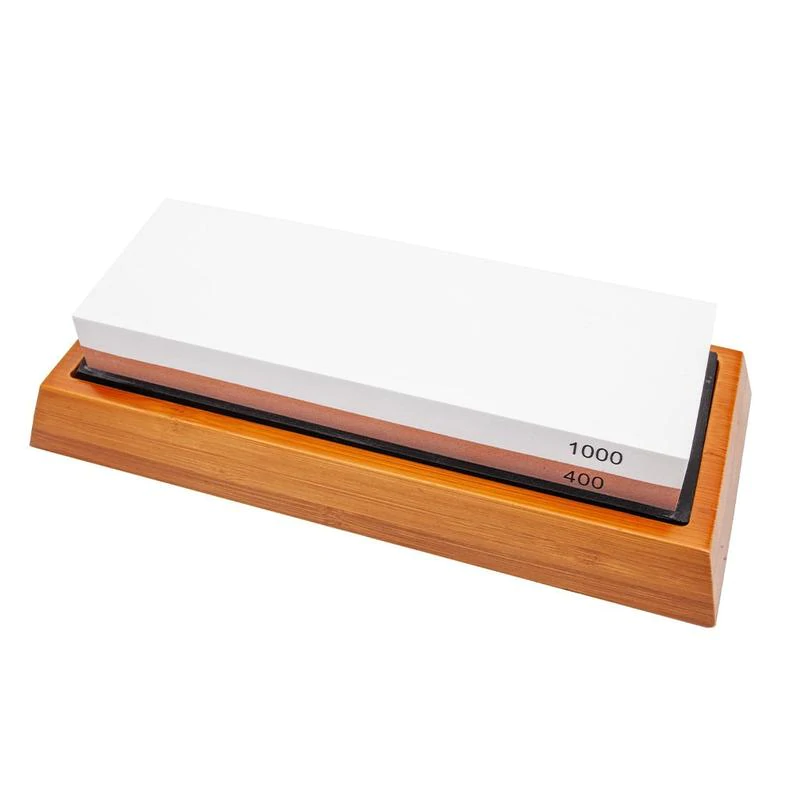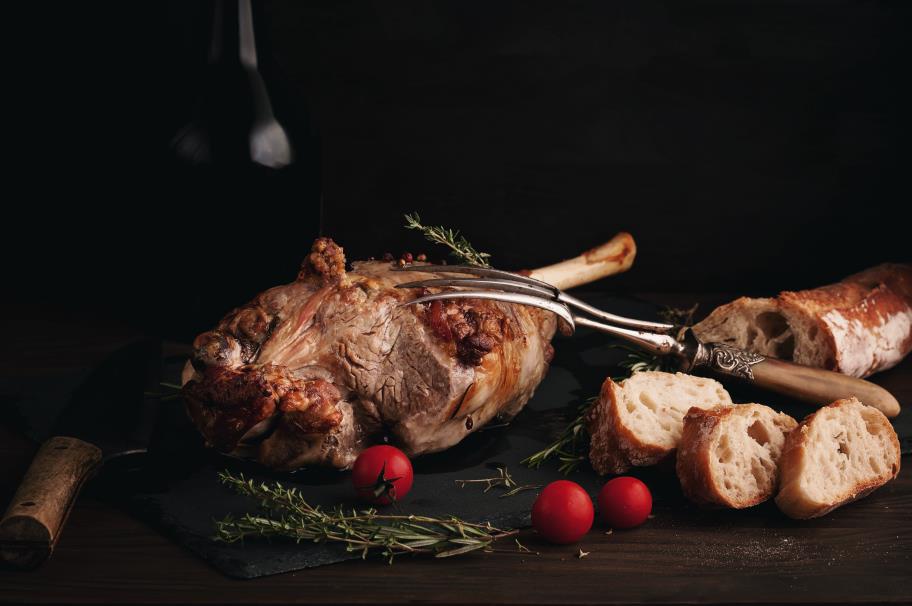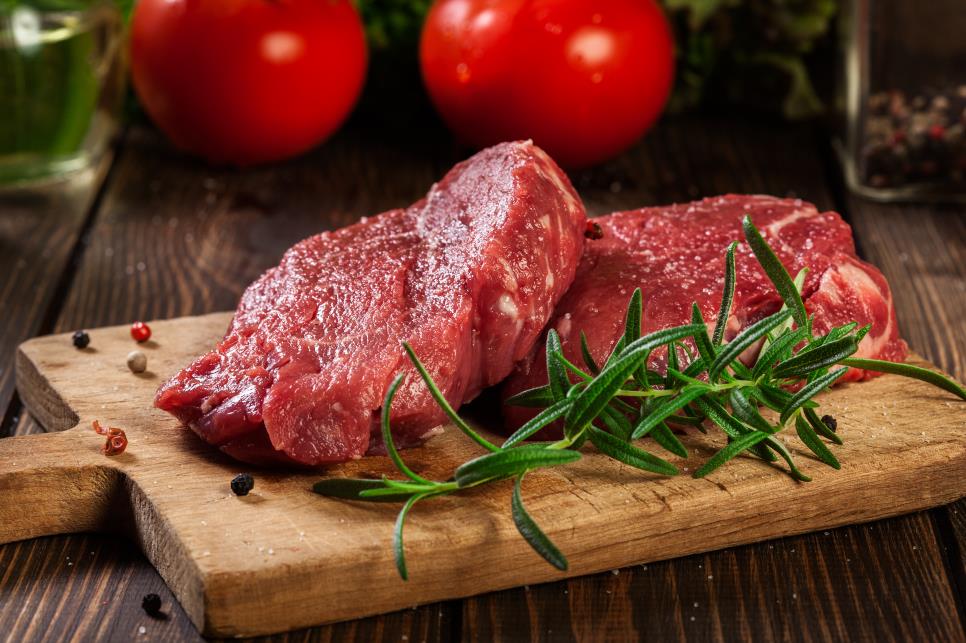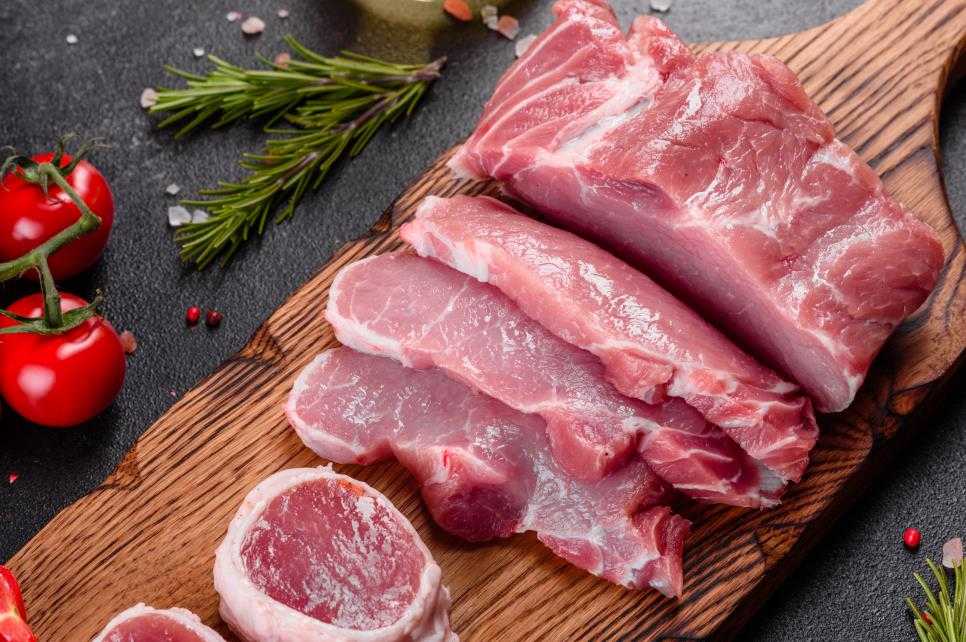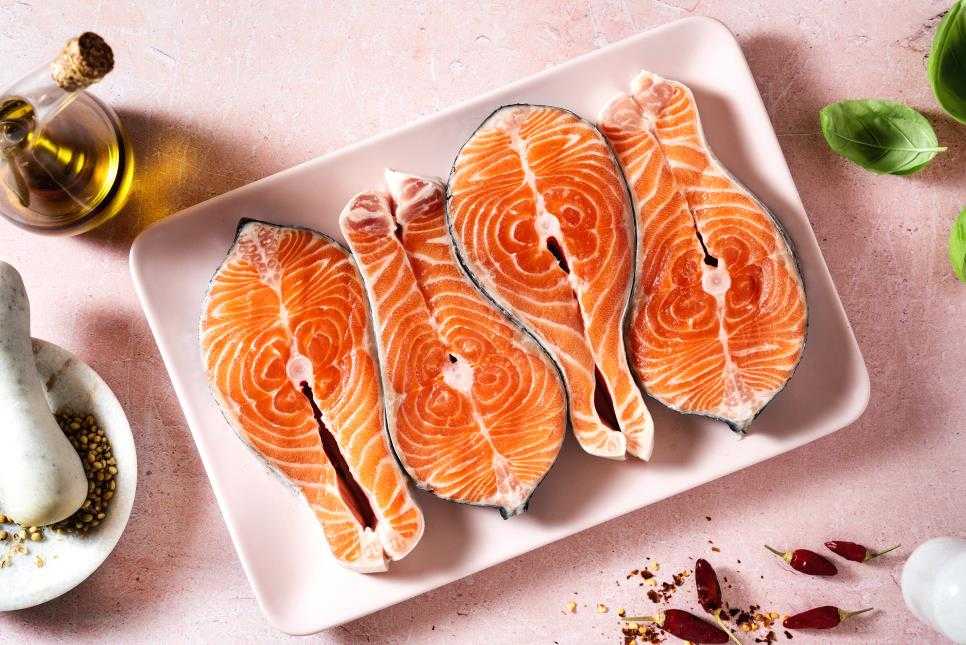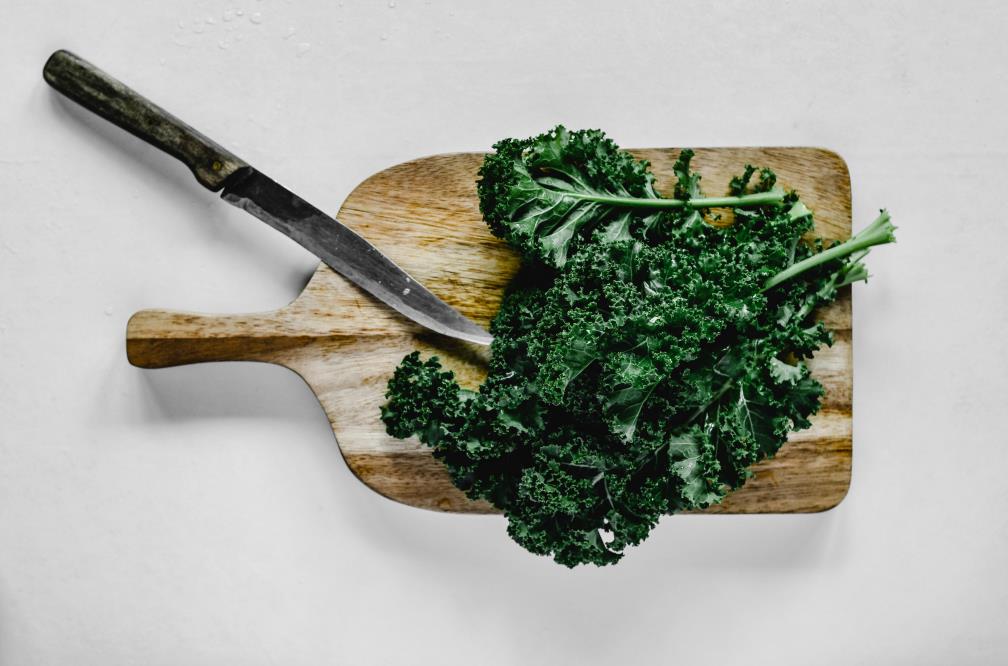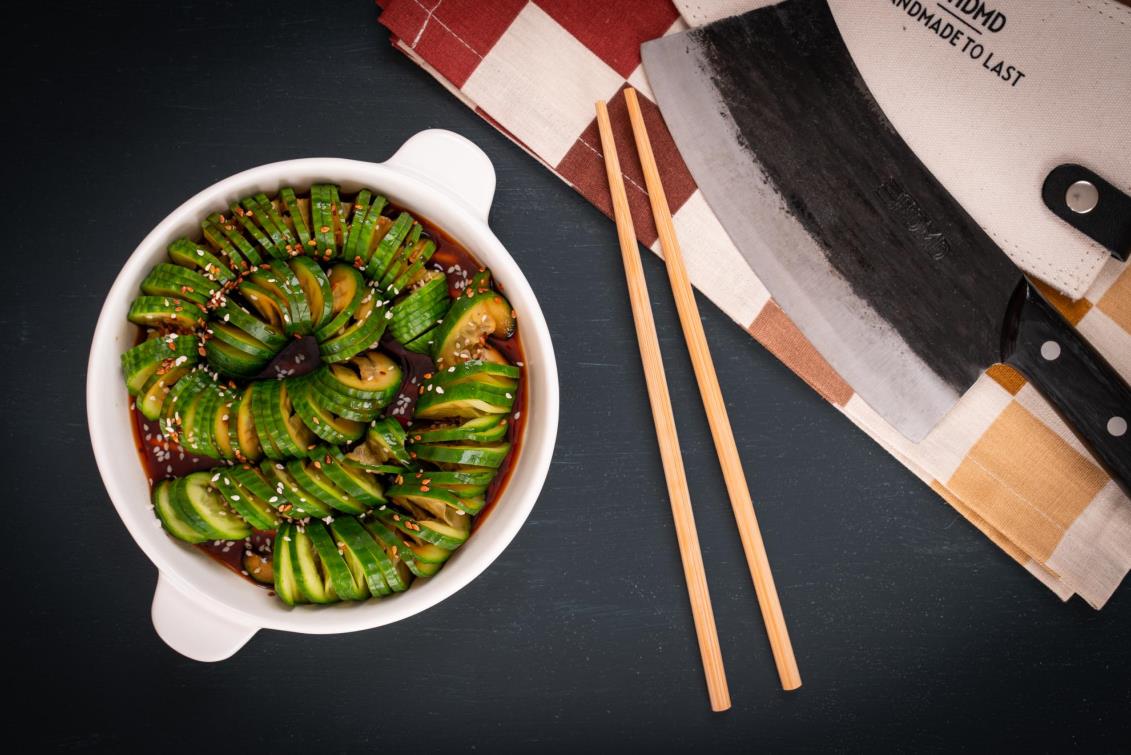When your knife begins to smash up your ingredients instead of slicing, cutting, chopping or dicing them, be aware that it’s an innocent cry for help. Instead of hurting yourself with the dull blade or getting frustrated, simply learn how to use a knife sharpener in order to restore the sharpness of your cutlery tool.
Learning how to use a knife sharpener is easy and simple, and can be done in three ways. For sharpening your knife, you may use a manual knife sharpener, an electric knife sharpener or a whetstone. Alternatively, you may hone your knife with a honing rod.
Nevertheless, whether you are searching for the best knife sharpener to buy or simply want to master the art of knife sharpening so that you can do it on your own, we are going to guide you either way. Stick with us to learn all about the different kinds of knife sharpeners.
Table of contents
But first, what is a knife sharpener?
A knife sharpener is simply a kitchen tool that helps sharpen knives by removing or filing material from the knife edge. This process allows a new, sharp edge to be produced. There are three kinds of knife sharpeners:
- Manual knife sharpener
- Electric knife sharpener
- Whetstone
Most people consider a honing rod to be a knife sharpener as well. However, sharpening and honing are not really the same thing. Let us learn what honing actually is and does it really help in sharpening knives.
What’s a honing rod and does it help sharpen knives?
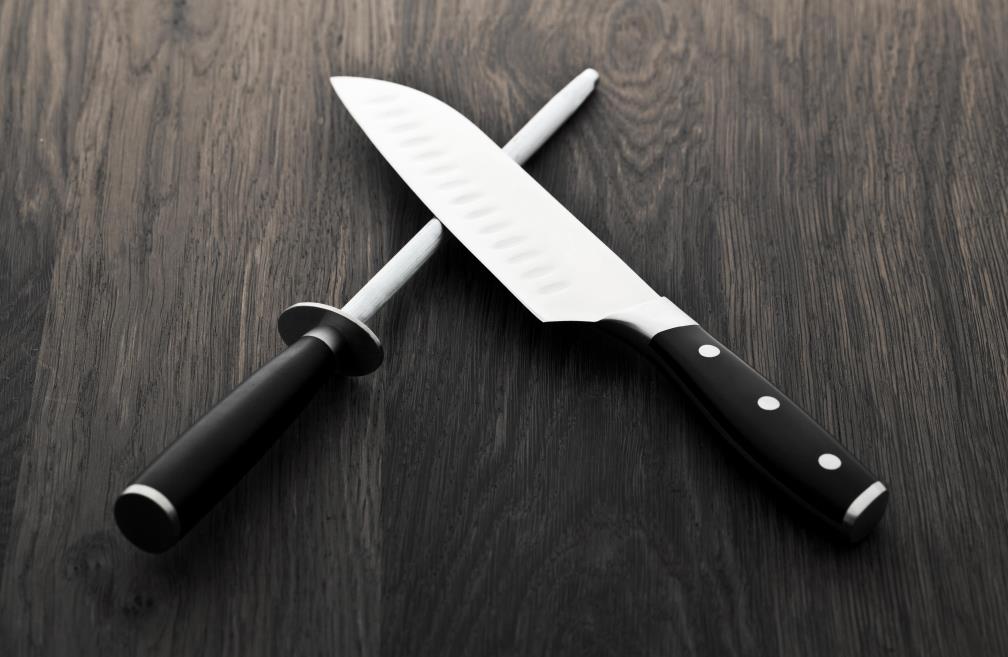
Honing rods are also known as sharpening steels or honing steels. They are long and narrow cylindrical rods with gripping handles attached on one end of the rod. Even though honing keeps a knife sharp and effective, it does not actually sharpen a knife.
Honing simply allows maintaining the shape of a sharp knife blade by pushing back the edge of the blade. When out-of-line edges are pushed back in their place, it allows the knife to make sharper and more precise cuts. Also, the edge of the knife blade gets aligned properly as it was before.
Honing is done frequently, with some people choosing to do it almost every day.
How to use a honing rod
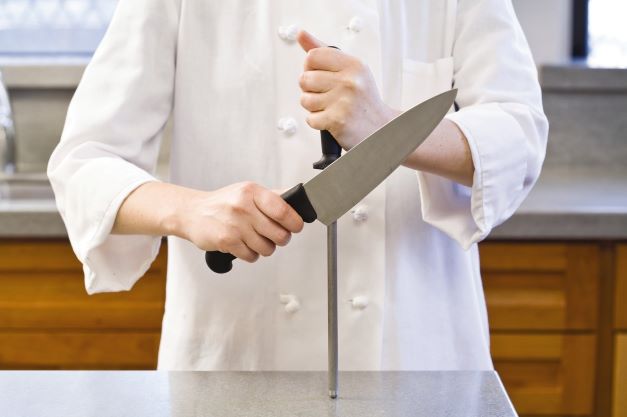
Follow the steps below to use a honing rod properly:
- With the handle side up, position the honing rod in a vertical position, perpendicular to the table or countertop.
- Use your dominant hand to situate the knife edge at an angle of 15 degrees or 20 degrees (depending on type of knife) to the rod, with the knife blade facing downwards.
- Gently begin to pivot the knife blade’s edge as you maintain the 15-20 degree angle against the honing rod.
- Using minimal pressure, begin sliding the blade down against the rod in an arcing manner.
- Use a quick and smooth motion whilst making sure that the blade hones against the rod entirely before it reaches the bottom.
- Repeat the steps for honing the other side of the blade.
How to use a knife sharpener – prepping your knife for sharpening
Before using a knife sharpener of any kind, make sure that your knife blade is prepped for sharpening. For prepping your knife, give it a quick wash in soapy, warm water. Lastly, wipe it thoroughly with a clean, dry cloth.
How to use an electric sharpener
If you are a kitchen enthusiast or a chef with little time on your hands, you might want to invest in an electric knife sharpener. Before buying an electric sharpener, however, make sure you know what kinds of knives it can sharpen and which it cannot.
Tools required
Step-by-step instructions
- Place your electric knife sharpener on a clean, dry and flat countertop before you plug it in.
- Turn the device on after plugging it into the socket.
- Your knife sharpener will probably have two or more slots labelled number wise or according to coarseness. Begin with the coarsest slot first.
- Insert the heel of the knife blade (part closest to handle) into the sharpening slot, pushing it until it reaches down to make firm contact with the sharpening wheels (grinders).
- Slowly and smoothly, run the knife through the sharpening slot whilst applying light pressure till you reach the end of the blade.
- Make sure that you lift the knife blade up as you reach the end so that the tip makes contact with the sharpening wheels as well.
- Repeat the movement on each slot at least two to three times.
- Proceed to the next sharpening slots and pull the knife blade through them similarly.
- Repeat steps until the knife is sharpened to your desired level.
Pros and cons
Pros
- Gets the work done faster and is user friendly
- Saves the manual effort
- Convenient to use as well as maintain
- No flaws or breakage in sharpening
Cons
- Little control over speed and pressure as it controls the speed and pressure itself
- Costly
- Takes up more space
Here’s a video that demonstrates how to use an electric knife sharpener:
How to use a hand-held knife sharpener
Manual knife sharpeners are also known as hand-held knife sharpeners or pull through sharpeners. You may opt for a manual knife sharpener if you are looking for more control on your knife sharpening endeavours.
Tools required
- A dull knife
- A clean and dry towel
- A manual knife sharpener
Step-by-step instructions
- Place the manual knife sharpener on a counter top that is flat, clean, and dry.
- Using your non-dominant hand, firmly hold the handle of the knife sharpener.
- Use your dominant hand to grip the knife and place it into the coarsest sharpening slot.
- Place the heel of the knife blade into the sharpening slot.
- Begin to pull the knife blade through towards yourself until all of the blade passes through the sharpening slot.
- Make sure that when you reach the end of the blade, you lift up the edge of the blade with slight pressure to ensure it makes contact with the sharpening blades as well.
- Repeat four to six times before you move on to the next sharpening slot.
- Repeat the above steps on the next sharpening slot.
- Continue till you receive your desired level of sharpness.
Pros and cons
Pros
- More control: you can control the speed and pressure at which you pull your knife through; electric sharpeners do not provide this advantage
- Budget friendly
- Less space-consuming
- Safer to use
Cons
- Doesn’t work on serrated knives and knives with waved edges
- More effort is required
- Time consuming as compared to an electric knife sharpener
- Requires a little practice to perfectly sharpen knives
How to use a knife sharpener – finishing up
Once you are done sharpening your knife either with a manual or electric knife sharpener, make sure you gently wash it with soap and water. This will ensure the removal of any metal filings. Dry with a towel and store for later use.
Differences between knife sharpeners
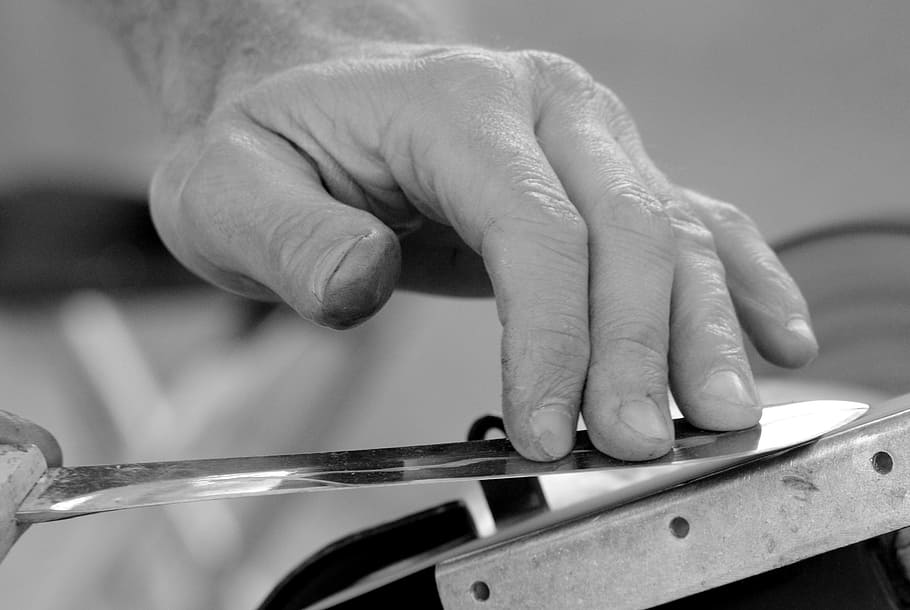
The showdown between a manual knife sharpener and an electrical one is quite interesting. Both of the knife sharpeners have some promising features that make knife users prefer one over the other.
Sharpening slot
Manual knife sharpeners usually have one or two sharpening slots. While the first slot is meant to provide your knife with a sharper blade edge, the other slot is meant to provide a finer finish.
On the other hand, electrical knife sharpeners are large, rectangular boxes with two or more sharpening slots. These slots provide a different grit (coarseness) level. Similar to manual knife sharpeners, lower grit slots remove more material edge from blade while higher numbers ensure refining and finishing of the blade edge.
As such, they are available in different designs and varieties.
Sharpening angle
Manual sharpeners are preferred by people who are serious about their knife sharpening business. These people want more control over the speed, angle and pressure they are applying whilst sharpening, since knives vary by type and each type is sharpened at a different angle.
If you are a professional, you would know that a hunting knife requires a precisely different angle to be sharpened than a fillet knife. Similarly, fillet knives are sharpened differently than other types of knives.
Interestingly, these precise angles and pressures get less steel taken off your knife blades, whilst sharpening your knife to your desired level. Electrical sharpeners do not offer this feature, however, they do minimize chances of flaws and breakage.
Convenience
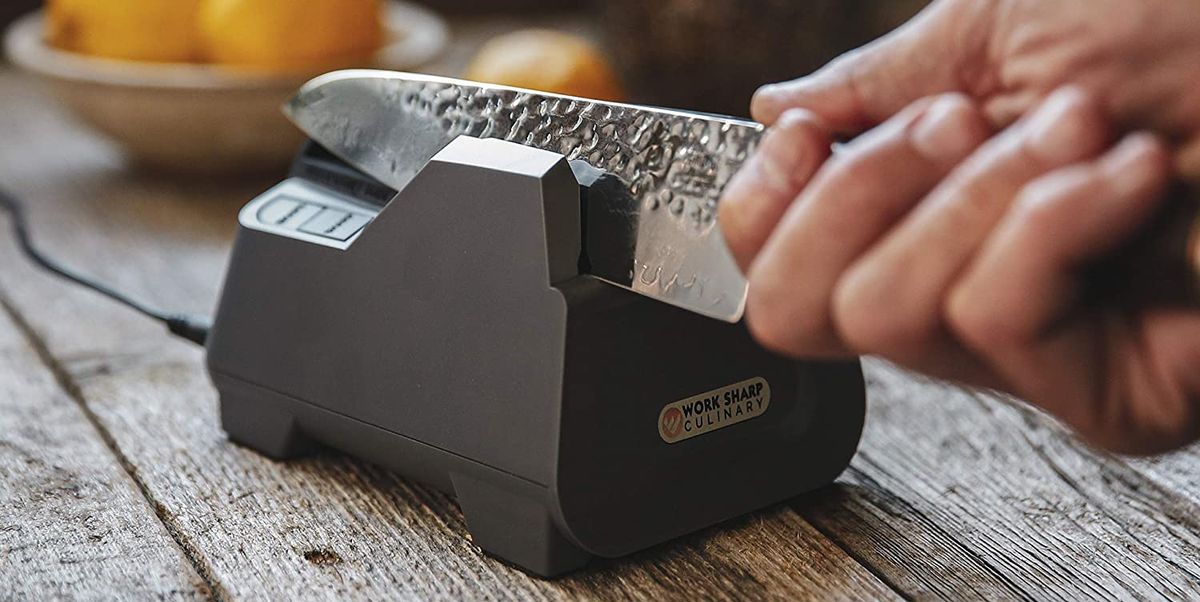
Moreover, electric knife sharpeners are preferred more by people who prefer speed over control. Since electric sharpening takes considerably less time as well as requires less effort and hassle, this kind of knife sharpener is their go-to method.
However, if you don’t want to go through the hassle of having a power socket nearby each time you want to run your dull blade through a sharpening slot, you will once again prefer a manual knife sharpener.
On the other hand, if you only work in your kitchen and having an electric socket is not a hassle, you may prefer an electric one.
Budget
Lastly, you may want to invest in an electric knife sharpener if you have the budget to do so. Otherwise, stick with the more budget friendly manual knife sharpening option.
Manual vs electrical knife sharpener: comparison table
| Manual Knife Sharpener | Electrical Knife Sharpener | |
| Control | Provides more control on speed, angle and pressure | Little control on speed, angle and pressure |
| Effort | Requires more effort | Less effort and hassle |
| Features | Doesn’t have much features | Added features for sharpening and honing |
| Time | Time consuming | Quick and easy |
| Practice | Takes little practice to sharpen perfectly | User friendly and needs no practice |
| Space | Takes up little space | Takes up more space |
| Portability | Portable and can be used anywhere | Not really portable and requires electricity to use |
| Budget | Cheap and affordable | Expensive |
Alternatives to knife sharpeners: whetstones
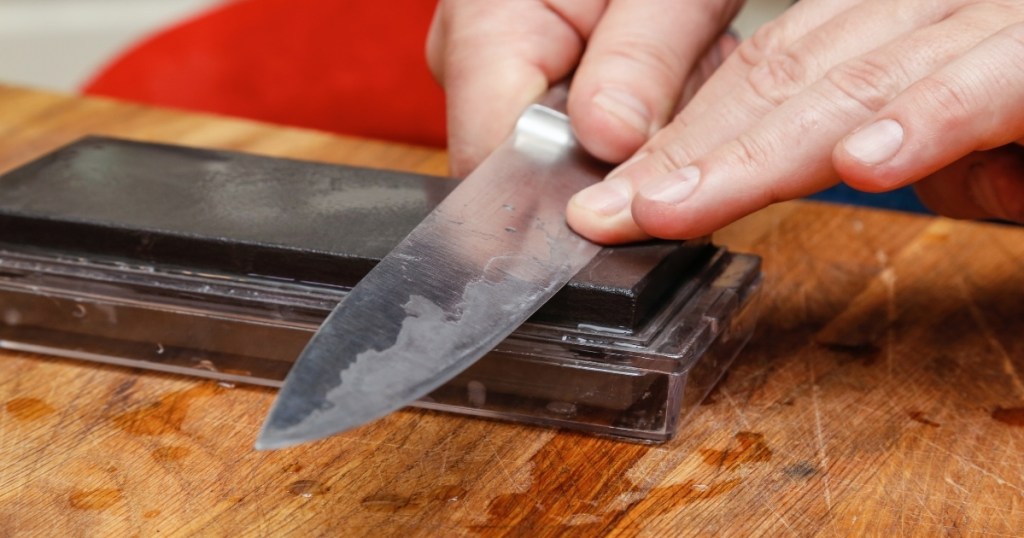
A whetstone is probably one of the oldest techniques used for sharpening knives. Also called a sharpening stone, a whetstone is basically a fine grained stone meant for sharpening (both straightening and refining the blade’s cutting edge) of various cutlery by means of friction.
Whetstones usually come with two sides, having a different level of grit (coarseness) on each side. As such, they require practice to use, and you would have to figure out what angle your knife needs to be sharpened at so that you can get your desired level of sharpness.
Using a whetstone usually requires submerging it in water before use. Once the stone is completely saturated, the knife is held at a precise angle and dragged against the whetstone quite a few times.
Even though whetstones provide the best sharpening results, this method of knife sharpening requires considerable skill and practice to use.
Handpicked for you
True cutting power in the palm of your hand
Safety measures to consider when sharpening knives
Knife sharpening is a relatively easy process if you do it right. If you don’t do it right, however, it might prove to be a dangerous endeavour. Follow these safety precautions to ensure you don’t hurt yourself in the knife sharpening process:
Know what you’re doing
Do not attempt to use regular stones or sharpening methods that you are not familiar with. Some sharpening methods can only be used by professional chefs, butchers and hunters since they are complicated and even dangerous. For your safety, use a manual or electric sharpener or even a whetstone.
Wear protective gloves
As an extra precaution, proceed with knife sharpening after you’ve worn protective gloves. This will allow you to practice knife sharpening safely. Try to wear thicker gloves to avoid getting cut, such as those made from steel mesh or Kevlar.
Keep the tools away from your body
Another safety precaution that you must keep in mind when sharpening knives is to keep the tools away from yourself, other people as well as animals. The knife and the sharpener must be kept at a distance from yourself.
Moreover, as a safety rule, you should always hold the knife in your dominant hand and grip the sharpener with your non-dominant hand tightly.
Exposing your fingers
You should never, ever expose your fingers to the blade of the knife sharpener. You may cut yourself otherwise.
Making slow movements
Always make slow movements while running your knife through the sharpener. Not only will this allow you to obtain a sharper knife and a smoother knife sharpening experience, but will keep you from injuring yourself as well.
Remove metal filings
When you’re done sharpening, make sure to remove any metal filings lingering on the knife.
Simple methods to test if the knife is sharp enough
Once you are done sharpening your knife, here are three simple tests to see if it’s sharp enough:
Popular paper test
Probably one of the oldest methods used to test the sharpness of a knife is the paper test. Grab a piece of paper and run the knife through the paper in a downward direction. Your knife is sharp if it’s able to cleanly slice the paper into two. If it produces ragged pieces of slips off the paper, it is still dull.
Tomato test
Tomatoes are known to have a hard exterior and soft flesh on the inside. A dull knife will probably squish the tomato before it is able to cut through the skin. When slicing a tomato, a sharp knife will do the job without you having to apply much pressure.
Slicing an onion
Onions have considerable rough exteriors that are slippery and thin. A dull knife cannot cut through it. A knife that is sharp, however, will easily catch the skin and slice through the onion.
FAQs on how to use a knife sharpener
How often do I sharpen my knife?
In order to properly maintain your knife, sharpen it depending on its usage. It’s recommended to sharpen your knife every few months. You might also want to send your knife to a professional knife sharpener every few years for added maintenance.
How often should I hone my knife?
You may use your honing steel daily in order to keep your knife edge straight. Most chefs hone their knife after each use.
Why isn’t my knife getting sharp?
Your knife may not be getting sharp despite frequent sharpening because you might be doing it wrong. Make sure you sharpen at a correct angle.
The correct knife sharpening angle is one which matches the current angle of the knife. Most western knives can be sharpened at a 20-degree angle, while some Japanese steel ones require sharpening at a 15-degree angle.
You also need to make sure it was sharpened till the edge.
Sharpening till the edge means that a knife should be sharpened till it creates an edge. A knife that has been sharpened all the way to its edge creates a bur. A bur, moreover, is a metallic filing that you will find at the edge of the knife blade once the edge has been created.
Now that you are through the basics of knife sharpening and know how to use a knife sharpener, we are sure you can make an informed decision about which type of knife sharpener you should buy.
Want to master knife sharpening? Check these out!

